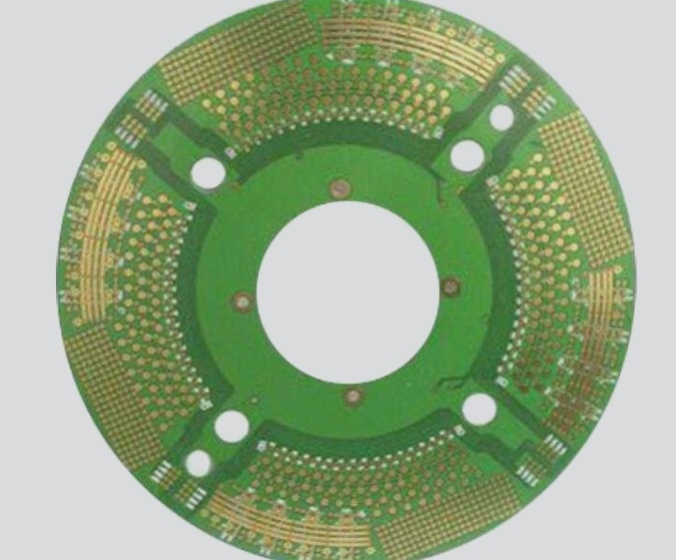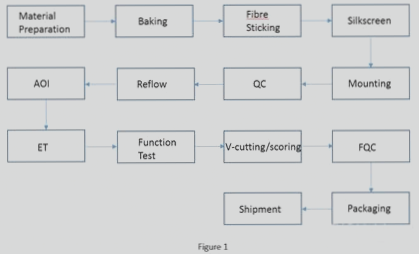Optimizing PCB Layout for Microcontroller Projects
When working on a microcontroller project, transitioning from a breadboard prototype to a PCB design can be a challenging task. One key aspect to consider is the layout of the PCB itself. It is crucial to arrange components in a logical manner, minimize layer transitions with vias, and ensure that power lines are kept separate from data lines.
One common stumbling block in PCB layout is the pin assignments on the microcontroller. It’s essential to revisit the pinout of the microcontroller and consider alternative assignment options. By rearranging pin assignments strategically, you can reduce the need for traces to cross over each other, simplifying the layout process significantly.
It’s important to break free from the constraints of the original pin assignments and focus on creating a more efficient and organized layout. By approaching the layout from a circuit designer’s perspective rather than solely as a programmer, you can achieve a cleaner and more streamlined design.
By optimizing the PCB layout, you not only make the board easier to manufacture but also reduce the chances of interference between different components such as relays and servos. Additionally, a well-thought-out layout can lead to a more visually appealing schematic, enhancing the overall design quality.
Next time you embark on a PCB layout for a microcontroller project, remember to think outside the box when it comes to pin assignments. A simple rearrangement could make a world of difference in the efficiency and effectiveness of your design.


